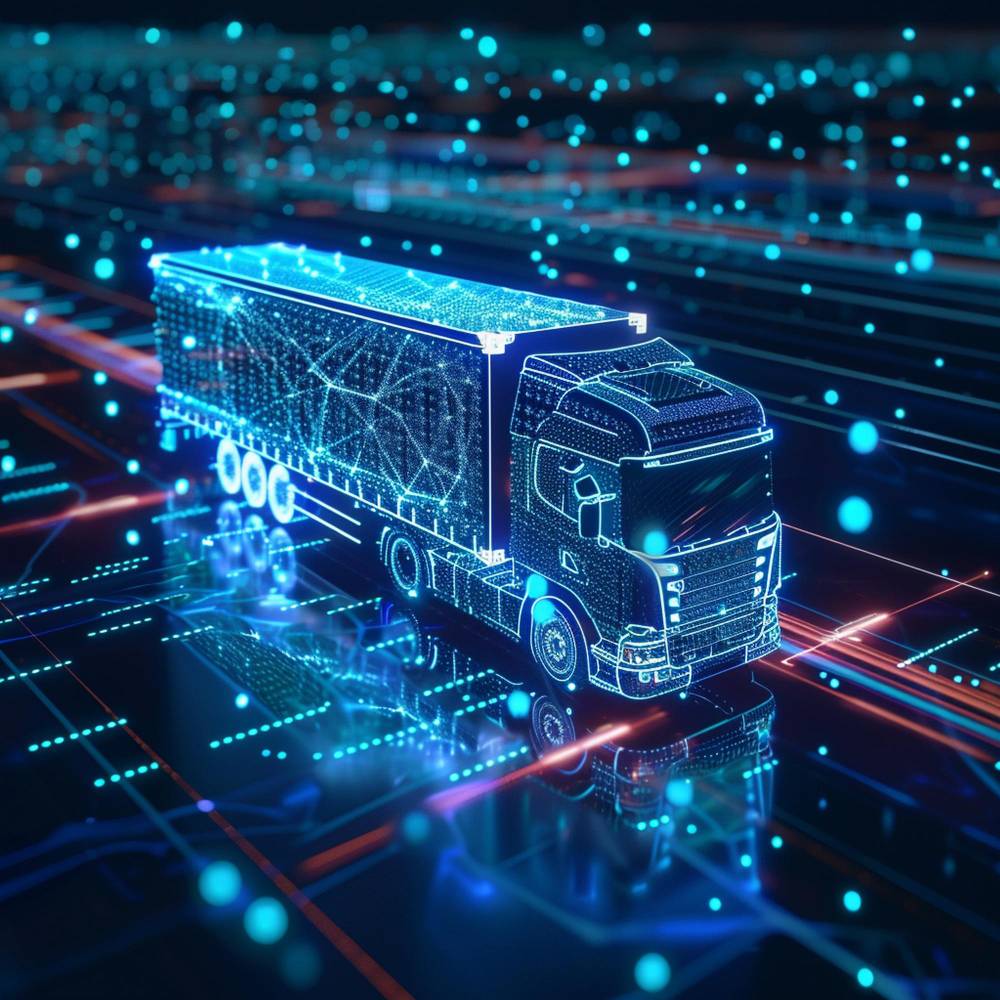
The road ahead is changing rapidly as self-driving and driverless trucks become more common. At the Law Offices of Andrew Zeytuntsyan, we’re committed to staying on top of these advancements to better serve our clients. Whether you're intrigued or concerned about this new technology, it's important to understand the potential impacts on road safety and the legal landscape.
Self-driving and driverless trucks promise great benefits, including increased efficiency and reduced costs. However, the transition to autonomous vehicles has its challenges, particularly when it comes to safety. These trucks are equipped with advanced sensors as well as AI systems designed to reduce human error, yet there are still considerable risks that need to be addressed. Even the most advanced systems can fail, and when they do, the consequences can be dire. For instance, a sensor malfunction or software glitch could cause a truck to misinterpret its surroundings, leading to accidents. Our current infrastructure isn't fully equipped to support autonomous vehicles, which can lead to unexpected scenarios on the road. Roads and bridges may need upgrades to accommodate these new technologies, and traffic systems will need to be updated to communicate with self-driving trucks effectively. Continuous testing, updates, and a strong regulatory framework will be essential to ensuring these vehicles can operate safely.
As autonomous trucking becomes more prevalent, the role of a car accident attorney becomes increasingly important. If you're involved in an accident with a self-driving truck, determining liability can be complex. Unlike traditional accidents where fault typically lies with a driver, accidents involving autonomous vehicles can involve multiple parties, including manufacturers, software developers, and fleet operators. A personal injury attorney can investigate an incident, determine fault, and make sure you receive the compensation you deserve. This includes analyzing data from the truck's onboard systems, consulting with experts in vehicle technology, and understanding the regulations governing autonomous vehicles.
On the one hand, self-driving trucks can potentially decrease accidents caused by human error, like fatigue, distraction, or impaired driving. These trucks are equipped with sensors and algorithms that allow them to make split-second decisions, often faster than a human driver could. For instance, autonomous trucks can maintain a constant awareness of their surroundings, adjusting speed and direction in real-time to avoid collisions. They can also communicate with other vehicles to optimize traffic flow and reduce congestion. On the other hand, the technology is still in its infancy, and real-world testing has revealed several vulnerabilities.
Public perception and regulatory challenges are major hurdles to the widespread adoption of self-driving trucks. Many people are understandably wary of sharing the road with driverless vehicles. Concerns range from fears of job loss among truck drivers to the potential for catastrophic accidents. It's critical for federal, state, and local governments to work together to create cohesive policies that prioritize safety while allowing for technological innovation. Clear guidelines on the testing and deployment of autonomous trucks are needed to ensure these vehicles meet stringent safety standards before they get on the road.
Whether you're a victim of a truck accident or simply have concerns about the impact of autonomous vehicles, the Law Offices of Andrew Zeytuntsyan is here to help. We offer comprehensive legal services, from initial consultations to courtroom representation, to ensure your rights are protected. Our attorneys are well-versed in the complexities of autonomous vehicle law and are equipped to handle cases involving multiple parties. Contact us today to schedule an appointment with a personal injury lawyer in your area.
The road ahead is changing rapidly as self-driving and driverless trucks become more common. At the Law Offices of Andrew Zeytuntsyan, we’re committed to staying on top of these…
Read More